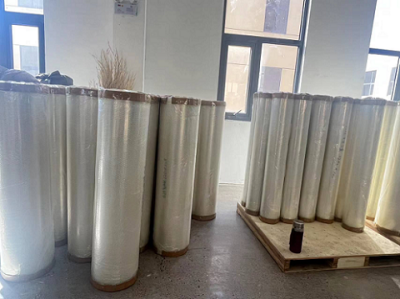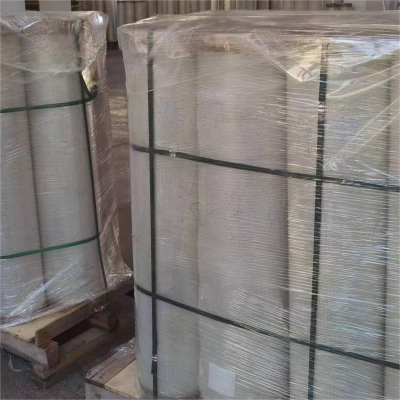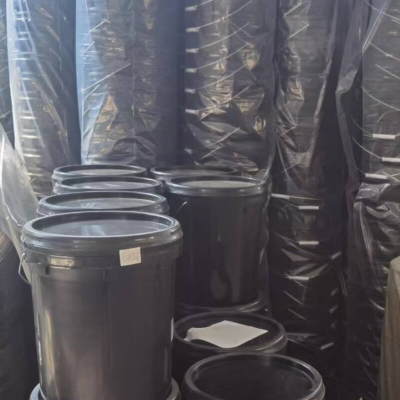PET material
PET Material Overview
PET material, known as Polyethyleneterephthalate, commonly known as polyester resin, is the predominant variety of thermoplastic polyester.
Milestones of Development
The first patent for the preparation of PET was issued in Britain in 1946, the pilot test was completed by ICI formula in Britain in 1949, and a production unit was set up in the United States in 1953, which was the first in the world to realize the industrialized production.Since the 1980s, there has been a breakthrough in the development of PET as an engineering plastic.
Categorizations
PET is divided into fiber grade polyester chips and non-fiber grade polyester chips. Fiber grade polyester is used in the manufacture of polyester staple fibers and polyester filament yarns, which are supplied to polyester fiber enterprises to process fibers and raw materials for products. Non-fiber grade polyester is also bottles, films and other uses, widely used in the packaging industry, electrical and electronic appliances, health care, construction, automotive and other fields.
Advantages as a packaging material
Good mechanical properties, impact strength is 3 - 5 times that of other films, good folding resistance.
Resistant to oil, fat, enoic acid, dilute alkali, and most solvents.
It has excellent high and low temperature resistance, can be used for a long time in the temperature range of 120, can be used for a short period of time to resist 150 high temperature, can resist -70 low temperature, and high and low temperatures have little effect on its mechanical properties.
Gas and water vapor permeability is low, both excellent resistance to gas, water, oil and odor performance.
High transparency, can block ultraviolet rays, good gloss.
Non-toxic, odorless, good health and safety, can be directly used for food packaging.
Characterization
Milky white or light yellow highly crystalline polymer with smooth and glossy surface.
Creep resistance, fatigue resistance, abrasion resistance and good dimensional stability, small abrasion and high hardness, with the largest toughness in thermoplastics.
Good electrical insulation properties, little affected by temperature, but poor corona resistance.
Non-toxic, weather resistance, good stability against chemicals, low water absorption, resistance to weak acids and organic solvents, but not resistant to hot water immersion, not alkali resistance.
The glass transition temperature of the resin is high, the crystallization speed is slow, the molding cycle is long, the molding cycle is long, the molding shrinkage is large, the dimensional stability is poor, the crystallized molding is brittle, the heat resistance is low and so on.
Field of application
Fiber industry: PET fibers are mainly used in the textile industry.
Film: Mainly used for electrical insulation materials, such as capacitors, cable insulation, printed circuit wiring substrate, electrode slot insulation. Also apply vacuum ferry aluminum made of metallized film, such as gold and silver wire, micro-capacitor film.
Blow-molded products: polyester stretch bottles for packaging.
Engineering plastics: for electrical and electronic and automotive industries, for a variety of coil skeletons, transformers, televisions, tape recorders parts and shells, automotive lamp holders, lampshades, white heat lamp holders, relays, sun rectifiers, etc. .
Molding Processing
Injection Molding:
Temperature setting: nozzle: 280 - 295, front section 270 - 275, middle forging 265 - 275, rear section 250 - 270; screw rod speed 50 - 100rpm, mold temperature 30 - 85, non-crystalline molds below 70, back pressure 5 - 15KG.
Trial dehumidifying dryer, material tube temperature 240 - 280, injection pressure 500 - 1400, injection molding temperature 260 - 280, drying temperature 120 - 140, time required 2 - 5 hours.
Film: PET resin is first pre-dried to prevent hydrolysis, and then quenched in the extruder to keep it in an amorphous form for stretching and orientation. The thick film is then stretched in both directions by a stenter to make PET film. Longitudinal stretching is to preheat the thick film to 86 - 87, and at this temperature along the thick film plane extension direction stretching about 3 times, so that the orientation can improve the crystallinity to reach a higher temperature; transverse stretching preheating temperature of 98 - 100, stretching temperature of 100 - 120 tensile ratio of 2.5 - 4.0, heat-setting temperature of 230 - 240. longitudinal and transverse stretching of the film also need to go through the heat-setting, to eliminate the film deformation produced by stretching, made of PET film. After longitudinal and transverse stretching, the film should be heat-set to eliminate the film deformation caused by stretching and to produce a film with good thermal stability.





